Given our dual passions of sustainability and cyclist culture, it makes sense that we’re curious about the rising trend of city bikeshares. It seems that even though they’re largely unprofitable–a word that’s a considerable understatement for cities like New York–they continue to capture the imaginations and infrastructures of more American cities every year. Between private and public bikeshares, there are nearly 100 programs in America, most of which are run by cities or universities, to varying degrees and definitions of success.
What is a Bikeshare?
Almost all city bikeshares follow the same model: bikes are publicly corralled in stations that are strategically placed in high-traffic urban areas. With the swipe of a card, you can pull out a bike from its dock and ride it to whatever station is nearest your destination. Most bikeshare rides are short, especially because many programs offer free rides for trips under 30 minutes. Typically, the program offers annual memberships to users for a fee anywhere between $35 and $150, and allows non-members (like tourists) to rent at a daily or hourly rate.
The Million-Dollar Bikeshare Question
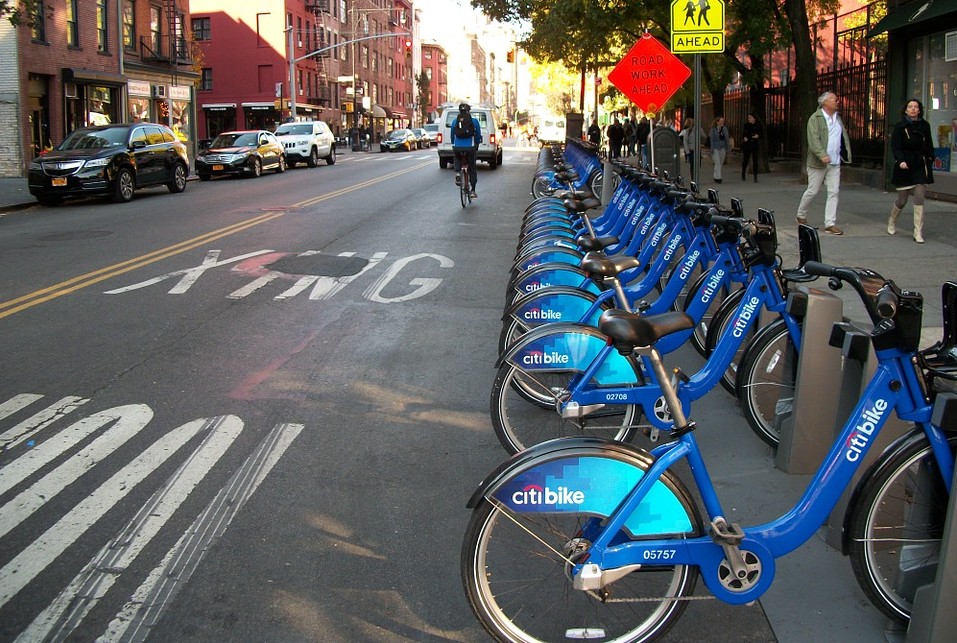
The concept of bikeshares was popularized after Paris’ wildly-successful program Vélib’ launched in 2007. Not only did Vélib’ have 20 million users in the first year alone as well as resounding community support, but it’s also the most profitable bikeshare program in existence, earning Paris about $30 million in profits annually. The program itself was built and managed by the advertising agency JCDecaux in return for exclusive rights to half of Paris’ advertising billboards, an exchange that seems favorable to both the city and the agency.
And yet, even though Paris’ program was the mold from which most other bikeshares have been cast, its success is the exception, not the rule, and even corporate partnerships aren’t often able to keep a bikeshare afloat.
Barcelona’s Bicing, for example, was also launched in 2007 and runs at an annual deficit of around €12 million. London’s system lost $21 million in 2012 and is expected to cost more than 5 times the sponsorship revenues in the next two years. New York’s Citi Bike program–underwritten by CitiBank–is in a financial tailspin, reportedly seeking tens of millions of dollars to keep afloat. Indeed, Citi Bike is often described as the perfect storm of bikeshare problems. It launched late, and during one of the coldest, least bike-able winters in New York history, the Canadian company that supplied its bikes declared bankruptcy, Hurricane Sandy damaged more than $10 million worth of equipment, and it’s been plagued with software problems since its inception. And interestingly, its biggest problem is its popularity with New Yorkers–there were too many locals buying annual passes and not enough tourists, which is where big bucks are.
The Solution: Treat Bike Shares as Public Transit
 It seems that the best success stories of American bike share programs happen when the city treats the bike share as an expected transportation cost rather than a potential source of revenue.
It seems that the best success stories of American bike share programs happen when the city treats the bike share as an expected transportation cost rather than a potential source of revenue.
Washington D.C.’s Capital Bikeshare is often cited as one of the most successful city bikeshare programs in America, yet not because it’s turning a profit. It was originally launched not with corporate money but federal grants earmarked for programs that improve air quality. And though Capital Bikeshare plans a $3.5million expansion during 2016, they are able to run at one of narrowest margins of loss in the country (only $392,000 in 2013), have noticeably decreased traffic congestion, provide free passes for low-income riders, and have become a point of city pride.
Why did DC work? Partially because they have no expectation of profit from what is essentially an arm of their public transportation system. As Jim Sebastian, manager of the Active Transportation Branch with the DC DOT told the Washington Post, “It’s great if we can cover some of the costs, and we do…We have good cost recovery, good farebox recovery. But it’s an important transit asset for the the city, and I think we’d be willing to operate it at a subsidy if we had to.”
For example, take a look at this graph from the Rudin Center for Transportation, which clearly shows that bikeshares function as part of a city’s transit system, and even in response to it:

Should Seattle Bail Out Our Bikeshare?
Unfortunately, our city is not enjoying the same success as Washington DC. Seattle’s bikeshare program Pronto has been floundering since it started in 2014. Between October 2014 and October 2015, most bikes were ridden less than once a day on average, and now the Pronto nonprofit is asking Seattle to purchase the bikeshare program for $1.4 million by March 30, 2016, or it will cease to exist. Can Seattle have a successful bike share program?
There are a number of obstacles for us, such as being one of the hilliest major cities in America and having a less bikeable downtown area than we’d like to think. Pronto is also surprisingly unpopular for a city that considers itself so green. In its first year, it logged only 142,832 rides; DC’s Capital bikeshare, in comparison, had over a million rides its first year, despite freezing winters and humid summers. It could also be that if you’re the kind of person to bike in Seattle, you’re already doing it.
And yet, as Councilmen Mike O’Brien and Rob Johnson told The Stranger, they’re leaning toward saving the system because if we let Pronto die, we’ll probably have to return about $1 million in government grants that had supported Pronto, so why not spring for a little more and save it? After all, bikeshares are a civic good in many ways, such as reducing congestion and pollution and promoting healthy, active lifestyles. Perhaps if we were to be publicly funding our bikeshare, we could work on making it accessible to people who can’t afford their own bikes (let alone cars) or have had little introduction to the cycling lifestyle. That seems to be the best reason to fund what may someday be considered a public transportation right.
What do you think, Alchemists? What would a “successful” Seattle bikeshare look like to you, or what is it like in your city?



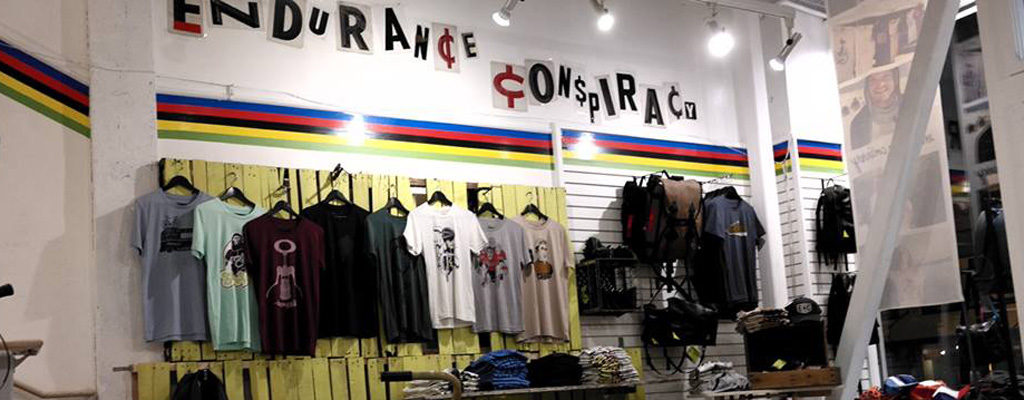


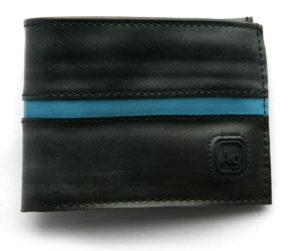

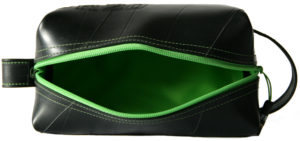
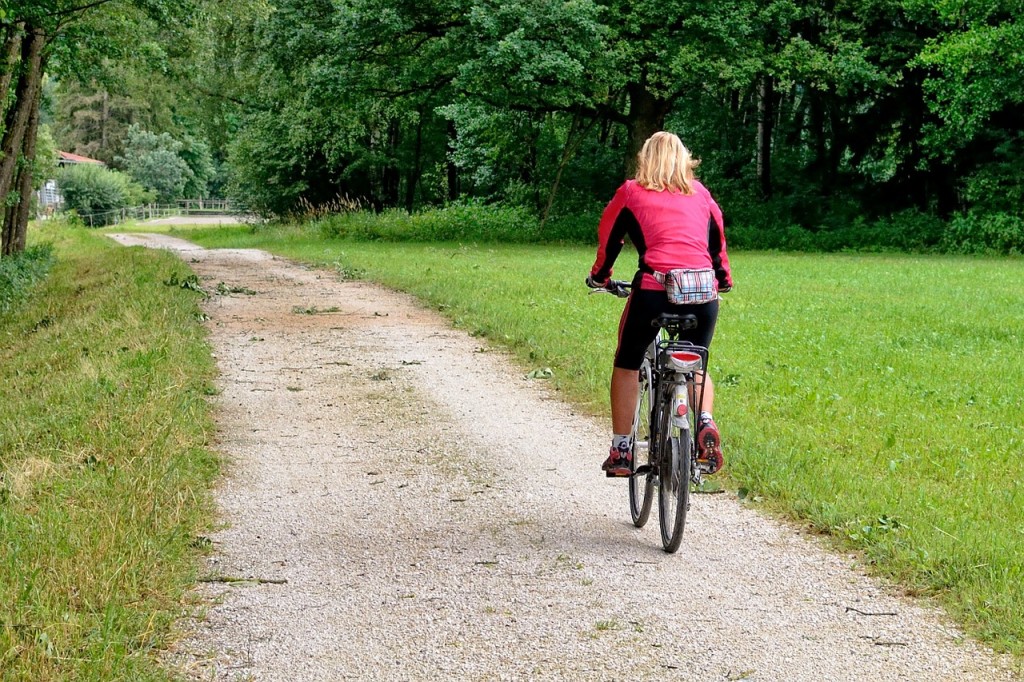
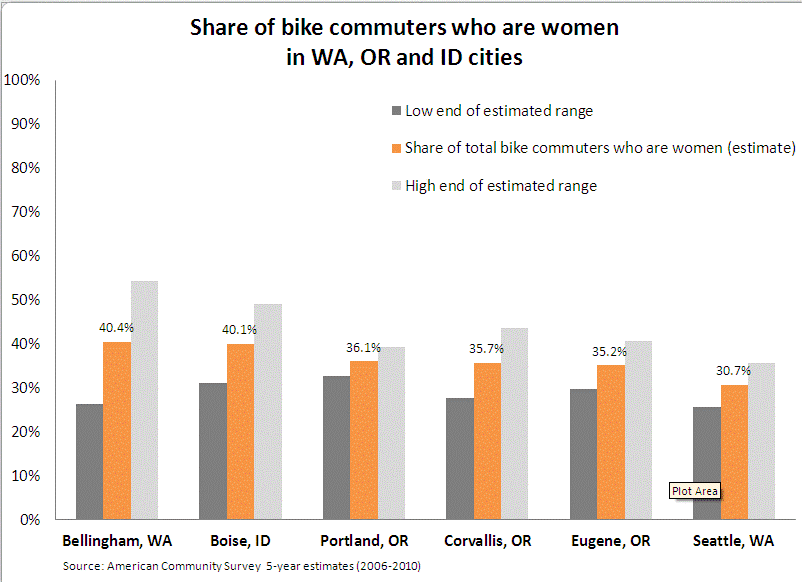

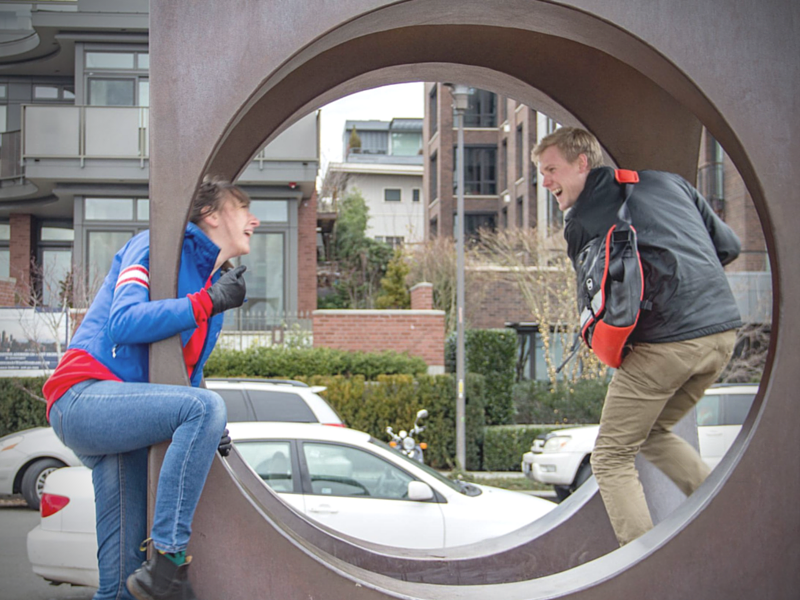



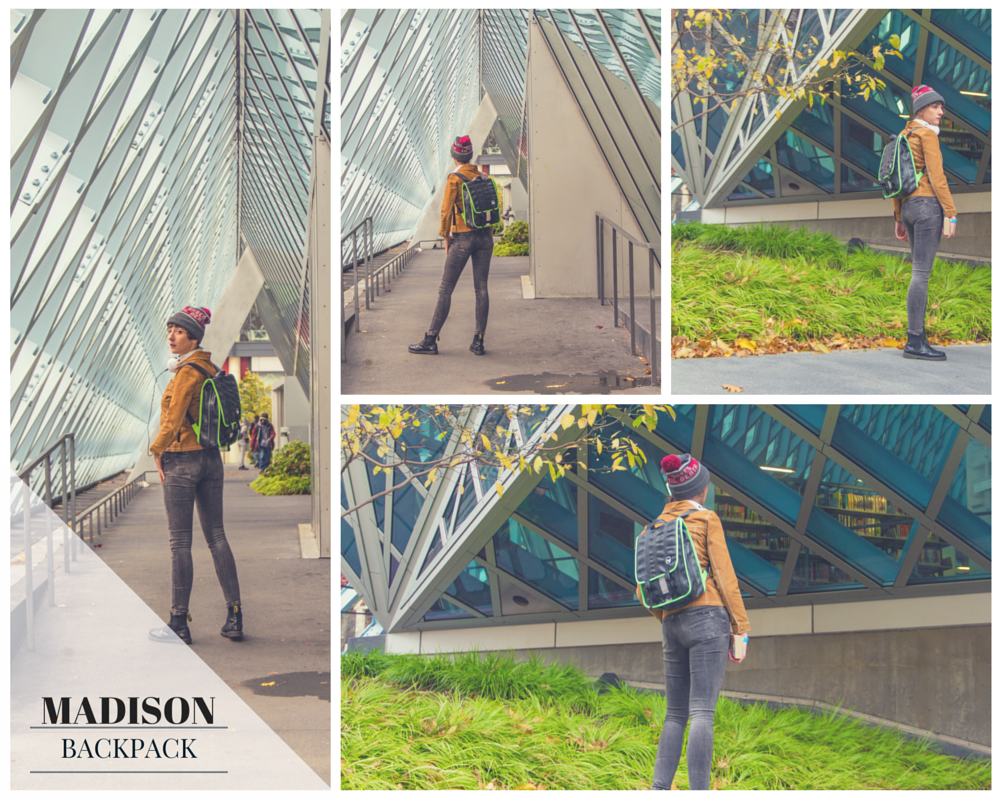


 It seems that the best success stories of American bike share programs happen when the city treats the bike share as an expected transportation cost rather than a potential source of revenue.
It seems that the best success stories of American bike share programs happen when the city treats the bike share as an expected transportation cost rather than a potential source of revenue. 

 This
This  Wendell Berry is one of America’s most cherished voices of the agrarian community. A novelist, poet, essayist, environmental activist, and farmer, Berry has been bringing national attention to the local and personal for decades with a voice full of wisdom, art, and insight. The Art of the Common-Place is a
Wendell Berry is one of America’s most cherished voices of the agrarian community. A novelist, poet, essayist, environmental activist, and farmer, Berry has been bringing national attention to the local and personal for decades with a voice full of wisdom, art, and insight. The Art of the Common-Place is a 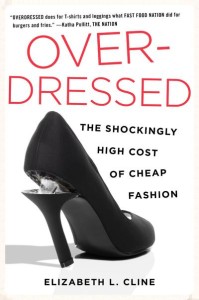 If you’ve ever wondered how it is you can buy a T-shirt for $5, when you imagine the process of harvesting cotton, which is then made into fabric, then sewn into a garment, then shipped from overseas and then shipped again to your store, with a price mark-up at each point along the way—then
If you’ve ever wondered how it is you can buy a T-shirt for $5, when you imagine the process of harvesting cotton, which is then made into fabric, then sewn into a garment, then shipped from overseas and then shipped again to your store, with a price mark-up at each point along the way—then  This New York Times best-seller
This New York Times best-seller







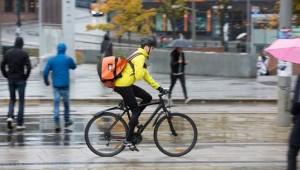 You don’t have to be in head-to-toe lycra to stay dry. In fact, wool is a great naturally-water-repellant material that’s easy to find secondhand if it’s not in your closet already. There’s a reason the navy gave its sailors heavy wool peacoats—wool can keep you warm and dry in a storm. If wool pants sound either too constricting or too difficult to find, try nylon rain pants. If you can’t afford to splurge on a pair specifically designed for cycling, you can often find perfectly adequate rain-proof pants or snow pants at an army surplus store or even your local thrift shop. With waterproof shoes—or even just plastic bags over normal shoes—you’ll be arriving at your destination clean and dry!
You don’t have to be in head-to-toe lycra to stay dry. In fact, wool is a great naturally-water-repellant material that’s easy to find secondhand if it’s not in your closet already. There’s a reason the navy gave its sailors heavy wool peacoats—wool can keep you warm and dry in a storm. If wool pants sound either too constricting or too difficult to find, try nylon rain pants. If you can’t afford to splurge on a pair specifically designed for cycling, you can often find perfectly adequate rain-proof pants or snow pants at an army surplus store or even your local thrift shop. With waterproof shoes—or even just plastic bags over normal shoes—you’ll be arriving at your destination clean and dry!





